There are some things nobody needs in this world, and a bright-red, hunch-back, warp-speed 900cc café racer is one of them – but I want one anyway, and on some days I actually believe I need one. Hunter S. Thompson, Song of the Sausage Creature
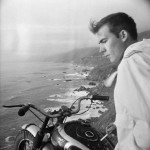
2008. In the motorbike market for my third ride, the sine qua non was simple: the biggest Bullet. The 500cc, cast iron engine, four-geared – on the right – with a quirky neutral lever thrown in made it the baddest ass I ever rode as well. And blacker than the Black Shadow of my dreams. Couldn’t have asked for more except I dissed venom at the showroom mechanic at first tantrum – an overheated, unmoving engine in a non-moving traffic.
“The first few months it will drive you crazy, then you can drive it crazy.” I suspected it was the nice mechanic’s way of telling me that I was getting it all wrong the nuptial night. The consummation has been ever since. Plenty of interstate rides, the stripe-earning Leh and Ladakh over the highest motorable Khardung La, weeklong and weekend runs. We are at it even five years later. A bonus is that my bike today is a collectible; a title bestowed on it in 2010 itself when Royal Enfield stopped manufacturing the model for more, well, plebeian designs. What it overlooked is the fact that nobody really rides a Bullet for the comfort; nor does anyone buy it for the mileage.
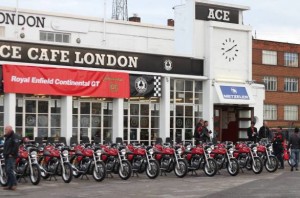
The Bullet is an idea, okay a period idea. It is nostalgia. A robust granny – if you can put up with the occasional crankiness – who will love you to death. Take good care of it and it will sputter out the last breath for you like Hidalgo. You get the drift. Minus the history, stripped of the legacy, bereft of the affections and aspirations the Bullet is nary a patch on the Hondas and the TVSs when it comes to reliability. Wading into the café racer territory with the new Continental GT was thus more than bold, a prudent move. Profitable? Yet to be seen. It was launched in the UK – at the historic Ace Café, the lone survivor of the earliest roadside cafes that started in 1938 which ‘with its combination of motorbikes, speed and rock n roll, was the launchpad for many famous racers’ – which is not just the ancestral home of Royal Enfield but also where café racing was born and grew to a movement during the 60s.
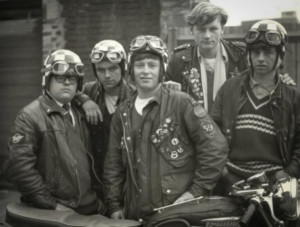
‘Café racer’ was at first a scoff – used for punk kids in leather jackets and riding goggles hanging about trucker cafes, like the Ace Café, waiting for other bikers whom they could race for money. The truck drivers regarded the tribe with contempt and referred to them as ‘café racers’ which pointedly meant not the real ones. With not too much choice left, the kids first shrugged it off and then embraced the label in an act of helpless defiance. This aggressive get-together of man and machine soon became a movement, a sort of subculture, with some variations on the basic theme – a distinct love for speed and motorbikes (though some believe it was because these kids could afford only motorbikes – and not cars like in the States). An almost umbilical connect with rock and roll was just a matter of time: you had to reach back before the track played out on the jukebox. If you reached back, that is. Sometimes it would be from one café to another. Hitting a ‘ton’ or 100mph (161kmph) not just made you win races but added to your sex appeal. Café racing was not sheer bravado but carved out an identity in some very testing times. To quote Hunter Thompson again: A thoroughbred café racer will ride all night through a fog storm in freeway traffic to put himself into what somebody told him was the ugliest and tightest decreasing radius since Genghis Khan invented the corkscrew. It was addictive as well as intoxicating. It made the stuff of legends. Like Hunter himself or his friend and café racing daredevil, the author Ken Kesey. Or actor Jack Nicholson.
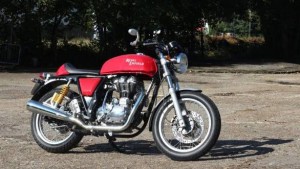
These ‘thoroughbreds’ were high on adrenaline and their machines drunk on power. They rode Triumphs, BSAs, Nortons and Vincents. Amalgam bikes like the Norvin and the Triton – to which the Royal Enfield’s newly launched Continental GT bears an uncanny semblance – were the hottest rods. While the Triton is a coming together of the legendary Triumph Bonneville engine on a Norton Featherbed frame, the Norvin was a Vincent V-twin on a Featherbed. These were monsters that wore the ‘stripped down’ look with a menacing panache. The ancient Vincent whipped up a mean 50 horses at top speeds that would ‘outrun the F-86 fighter jet on the runway’. Take the recent Norton Commando 961 café racer; with 80 horses and teeth-gnawing top speeds of 200kmph, the Continental GT is no patch.
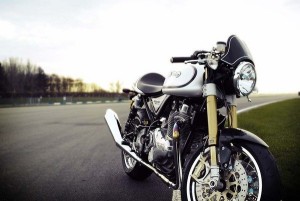
As far illustrious amalgamations go, it ends with the cosmetic bit for the Continental GT – an ‘association’ with Harris Engineering with inputs from design house Xenophya. Clip-ons or narrow handlebars that allow the rider to ‘tuck in’ to reduce wind resistance and enhanced control, the contoured fuel tank for knee grip and rear-set footrests. But cracking the ‘ton’ is going to be a far mile as the engine is an over-bored UCE 500; a fuel-injected 535cc single cylinder, 29PS and 44Nm torque. One first ride prior to the official launch complained that ‘vibes set in at 120kmph’ and ‘sustained cruising at 120kmph would be arduous’. The highest it clocked was 145kmph – a mile short of the ton. But the Conti is the best from the Royal Enfield stable so far. Definitely in terms of design and finish. It is also the quickest one around corners. Then in true café racer tradition, this is not for endurance riding; stick to the rest of the ilk for that.
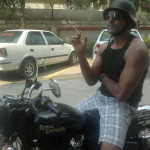
In a country like India where bikes are to men what white goods are to housewives, the Conti is indeed a bold step by Royal Enfield. Motorbiking is still only the preferred mode of commute from home to office though it might have begun to make a sputtering, inchoate foray into our hobby list. Bringing out a typical café racer – the power and torque and speed, the ability to ‘ton-up’ and keep at it – would surely have meant more than the Rs 2 lakh price tag and way less to comfortably answer our ‘kitna deti hai’ obsession. Siddartha Lal, the CEO, says the Conti is a shape of things to come. I’ll buy that. And I’ll wait.
Reviving a whole culture? I doubt it.



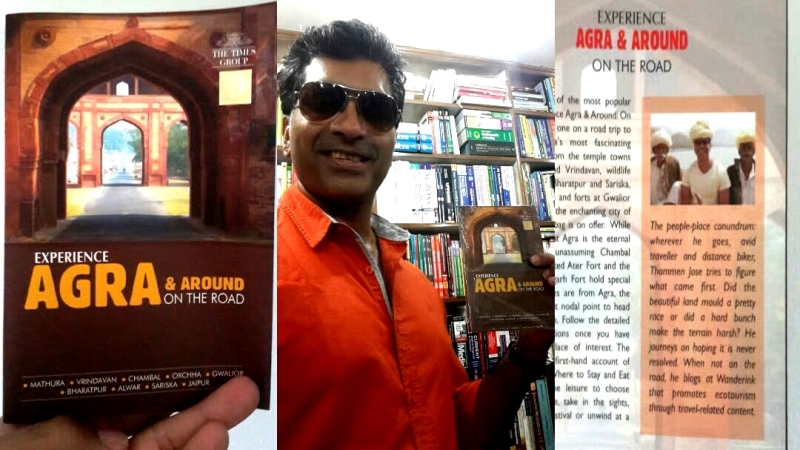
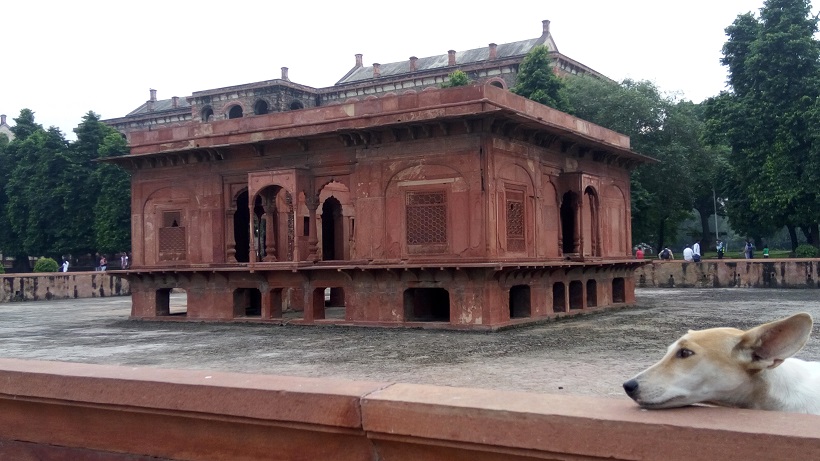
2 Comments
Ash
I have always wondered about the cult status of the bikers ! Its great to read about the pulse and what drives them 🙂
wanderadmin
Dear Ash… glad you enjoyed the post. But today’s bikers do not enjoy anymore cult status, like say, the Hell’s Angels did. But the passion remains.